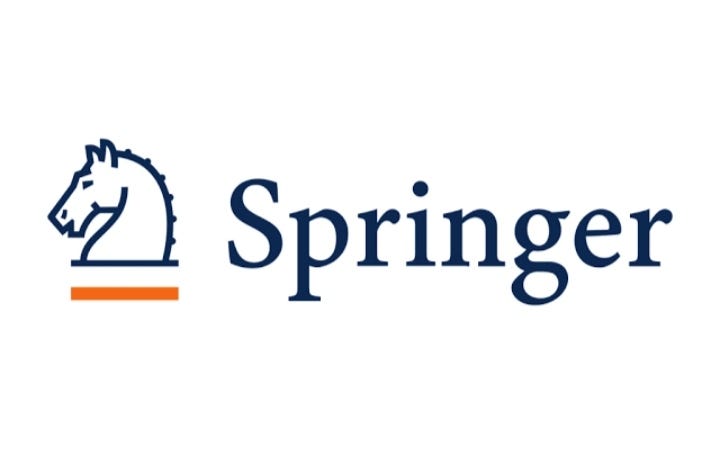Labor market fluctuations have long been debated in political science, with conflicting views on their impact. Some argue rising unemployment helps left-wing parties; others suggest it harms them.
This paper examines Swedish electoral data 1982-2010 and finds a clear pattern: Local job losses increase support for the Left when occurring in poorer districts, but hurt these parties elsewhere.
💡 Key Argument
Voter responses depend on asset wealth. Wealthy citizens favor policies limiting social spending during economic downturns—voting conservative.
Asset-less voters seek enhanced services during difficult times—turning to left-wing parties for support.
📍 Data & Methods
Using a panel dataset of Swedish electoral districts, we analyze how local unemployment changes affect voting patterns differently across districts with varying wealth levels.
🔍 Analysis
Contrary to expectations about partisan polarization in business cycles:
• Left-wing parties gain advantage when unemployment rises in less affluent areas
• These same parties lose support when job losses occur in wealthier districts
This nuanced relationship highlights how economic conditions interact differently with voters based on their material circumstances.
📝 Conclusion
Labor market impacts are not uniform across populations. Understanding partisan voting requires attention to asset-based cleavages alongside traditional ideological ones.







